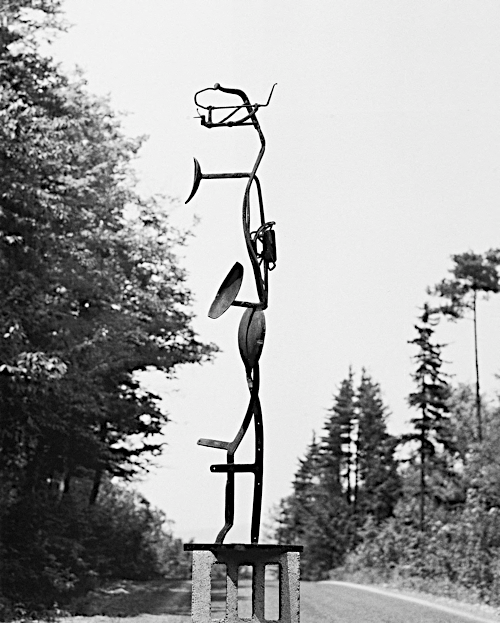Sculptural Practices of the Twentieth Century

The course explores the radically different forms taken by modern sculpture since the end of the nineteenth century. It begins with the figurative work of Rodin and his contemporaries and ends with a discussion of contemporary three dimensional art –both the alternatives to traditional object making, such as installation and environmental work and sculptural photography, and the practices in which making a sculptural object continues to play an important role. This study of the rethinking of sculpture in the twentieth century looks at early avant-garde initiatives in which sculpture became a model for radically new kinds of object or construction rather than a representation of the human figure – such as Russian Constructivist utopian projects and Surrealist and Dadaist experiments with found objects and the readymade. Work of the mid- and later twentieth century includes the modernist sculpture of Henry Moore and David Smith, the Minimalism that radically reshaped sculptural practices in the 1960s, the land art and site specific work of artists such as Robert Smithson, and the installations of images and objects and even junk by artists such as Claes Oldenburg and Louise Bourgeois. The exploration of environmental work leads to a consideration of public sculpture and temporary interventions in public spaces. This raises important questions about the nature of public art and its meaning and function in the modern world. The course considers the role played by photography and video in shaping understandings of sculpture, as well as the impact of consumerism and mass culture on artists who were reacting against modernist ideas. Do such changes represent the end of sculpture, or the emergence of new forms of sculpture? However we view it, art concerned with material objects and environments continues to play a key role in a world of virtual images.
Estimated Cost of Materials: $0-$50.
HISTART category for concentration distributions: D. Europe and the US, 4. Modern and Contemporary
Course Requirements:
Intended Audience: Upper level undergraduates with a background in modern art. Could also be taken by interested lower level undergraduates who had some background in modern art.
Class Format: Two one and a half hour lectures combined with discussion
Textbooks/Other Materials: No set text
Recommended text: Modern Sculpture Reader, edited by Wood., Hulks and Potts (2007)